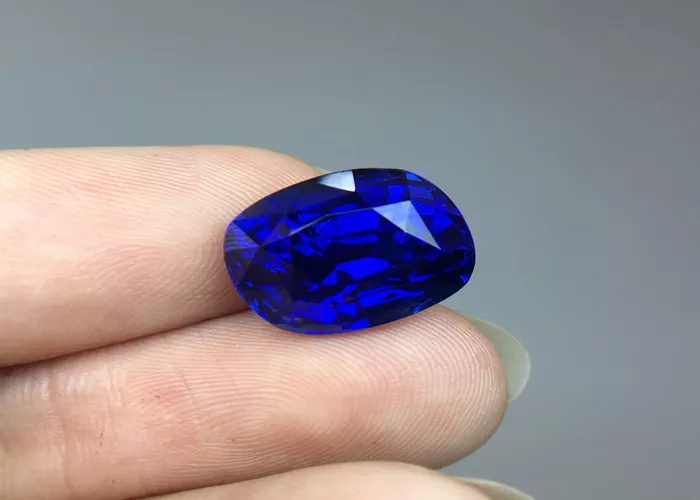I have come across many different types of sapphires over the years, including non-thermal sapphires. Non-thermal sapphires are a unique type of sapphire that are highly prized for their unusual properties. In this article, I will explain what non-thermal sapphires are, how they are formed, and why they are so valuable.
What is a Non-Thermal Sapphire?
A non-thermal sapphire is a type of sapphire that is formed under conditions that are different from those that typically produce sapphires. While most sapphires are formed under high temperatures and pressures, non-thermal sapphires are formed under much lower temperatures and pressures. This unique formation process gives non-thermal sapphires their distinctive properties.
How are Non-Thermal Sapphires Formed?
Non-thermal sapphires are formed in a variety of ways, depending on the specific type of sapphire. One common way that non-thermal sapphires are formed is through the action of hydrothermal fluids. These fluids contain dissolved minerals and other substances that can react with existing rocks and minerals to form new crystals.
Another way that non-thermal sapphires can be formed is through the action of metamorphism. Metamorphism occurs when existing rocks and minerals are subjected to high pressures and temperatures, causing them to change form. During this process, new minerals can be formed, including non-thermal sapphires.
Why are Non-Thermal Sapphires Valuable?
Non-thermal sapphires are highly valued for their unique properties. One of the most notable properties of non-thermal sapphires is their color. Non-thermal sapphires can come in a wide range of colors, including blue, green, yellow, pink, and purple. The exact color of the sapphire will depend on the specific minerals and other substances that were present during its formation.
Another important property of non-thermal sapphires is their clarity. Non-thermal sapphires are often very clear and free of inclusions, which are internal flaws that can affect the gemstone’s appearance and value.
The rarity of non-thermal sapphires is also a factor in their value. Because they are formed under unique conditions, non-thermal sapphires are much rarer than other types of sapphires. This rarity makes them highly sought after by collectors and jewelry enthusiasts.
When appraising a non-thermal sapphire, there are several factors that need to be taken into account. The color and clarity of the stone are important factors, as are the cut and size of the gemstone. The rarity of the stone will also play a role in determining its value.
How Rare Are No Heat Sapphires?
No heat sapphires are considered to be quite rare. This is because the vast majority of sapphires are treated with heat to enhance their color and clarity, making naturally occurring no heat sapphires a true rarity. It is estimated that only about 1% of all sapphires on the market today are completely untreated, with no heat treatment whatsoever.
The rarity of no heat sapphires is due in part to the fact that they are formed under very specific geological conditions. These conditions are not always present when sapphires are formed, which makes it difficult to find them in large quantities. Additionally, no heat sapphires are often found in smaller sizes and with less intense color than their heat-treated counterparts, which further contributes to their rarity.
Because of their scarcity, no heat sapphires are highly valued by collectors and connoisseurs of fine gemstones. They are often considered to be more valuable than heat-treated sapphires, and can command premium prices at auction and in the retail market.
Non-thermal sapphires are a unique and valuable type of sapphire that are highly prized for their distinctive properties. These gemstones are formed under conditions that are different from those that typically produce sapphires, which gives them their unusual color and clarity. As a jewelry appraiser, I have seen firsthand the beauty and value of non-thermal sapphires, and I highly recommend them to anyone looking for a unique and rare gemstone.
Related topic:
- Can Iamitabh Blue Sapphire Bring You Luck?
- Is Ice Blue Sapphire the Best Choice for Engagement Rings?
- Ice Blue Sapphire vs. Teal Sapphire: Which Color Wins?


